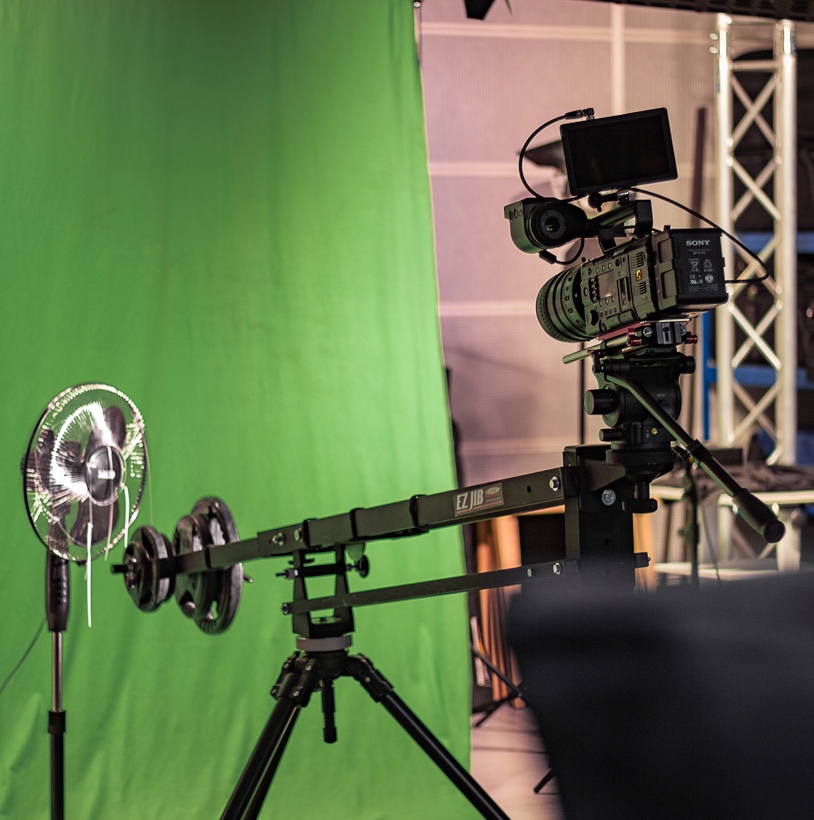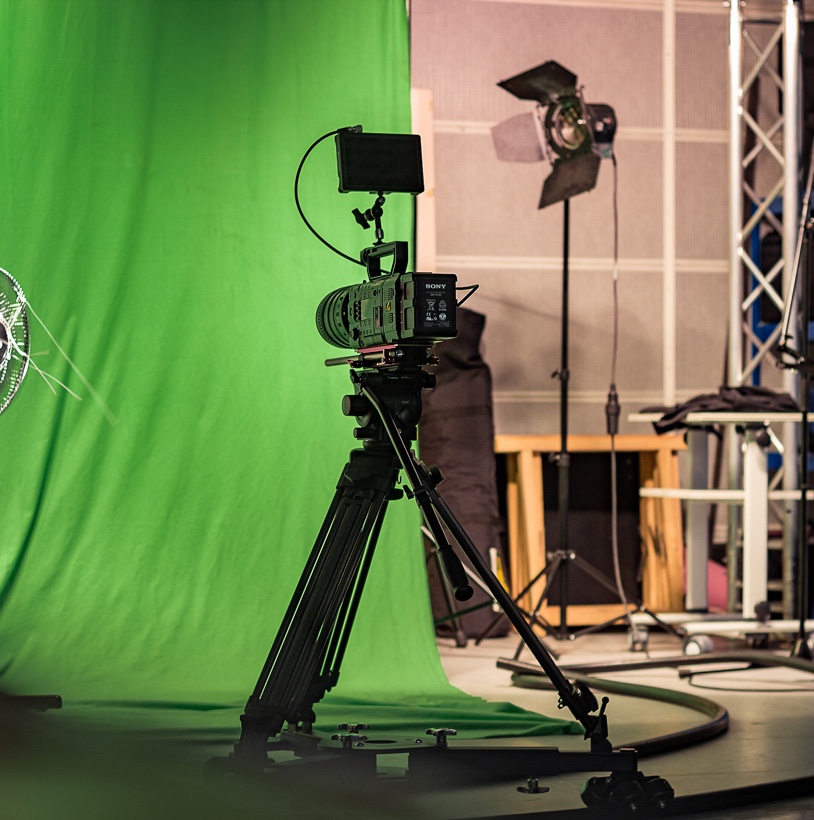Bauhaus in deiner Tasche.
Within fourteen years of existence the Bauhaus design school revolutionised architecture and design worldwide. It existed as an educational institution in the three cities Weimar, Dessau and Berlin until it was closed due to pressures from the Nazis in 1933.
Thesis
The most iconic Bauhaus building in Dessau became a precursor of modern architecture and still exists today. But it is not known as a design school anymore. Only a few people actually know that since 1992 you can again study architecture and design in Dessau.
Research
To review the preliminary consideration, I conducted a survey with 74 participating students from the department in Dessau. Of the respondents, 10 were in the master's and 64 in the bachelor's program. Most insightful were the following questions.
How did you hear about the study programme in Dessau?
What made you choose Dessau as your place to study?
As you can see, most of the students heard about Dessau on the internet or through word-of-mouth. What made them stay was the Bauhaus model of studies and the university campus itself. Even though the campus was eventually a pro argument, not all students participated in the university’s campus events.
The idea
Develop a way to showcase the Bauhaus campus in more detail on the internet.
Iterations
The second part of my research was mostly influenced by Jinsop Lee, a speaker at TED 2013, who states that...
... in order to design products that people enjoy, it is important to design for all 5 senses.
Thus it became apparent that I was looking for a solution that addresses as much of the human senses as possible. I detected that this would mean some sort of Virtual Reality. But 360° VR didn’t seem to fit as architecture — especially the Bauhaus — has to live within a three-dimensional (not spherical) environment.



Prototype
I dug deeper into the total fields of VR and photography and came to the conclusion that no solution focusses on real-image 3D at the time of my research. Thus I explored, designed and prototyped a solution by myself.
I developed a HTML5 web-application with the ability to track the user’s head-, cursor-, and device-movements to adjust the three-dimensional perspective accordingly.
But without any further ado, I suggest you test out this very first version by yourself.